Small advances in science, medicine and engineering have everyday impacts. Here are several take-aways from recent research that we can easily apply to improve the well-being of our households and neighborhoods.
1. Many garden plants have chemical compounds that cause dangerous reactions in pets, so plan and plant carefully.

A veterinary pharmacist explains why some garden and household plants make our companion animals sick and what we can do to prevent poisoning. Learn about the 10 garden plants toxic to pets.
2. To protect raptors so they can hunt rodents, put away the rat poison and build an owl box instead.
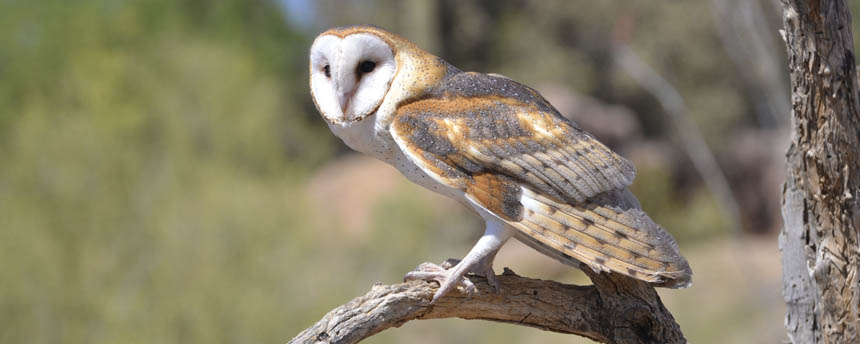
Don’t let rodents reign in your neighborhood natural areas! Owl boxes are a simple, effective solution to reduce rodent infestations and prevent unintended poisoning of wildlife. Watch how you can build an owl box for your backyard or local park.
3. Science is honing in on ways to reduce contamination of crops, but consumers also have a big role in food safety.
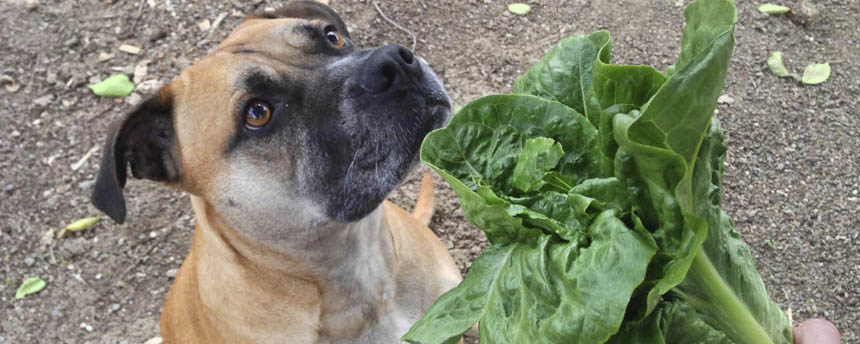
To stay healthy, we’re told to eat plenty of fruits and vegetables. But fresh produce can harbor contaminants that send us to the hospital, and there’s no way possible to check every item from field to market. An ecologist worked with scent-detection dogs to illuminate the science and practical steps behind keeping our fresh food as safe as possible for consumption. Learn what you — and dogs — can do to prevent foodborne illness.
4. What you thought you knew about safe outdoor grilling may not be the best practices for BBQ. Spoiler alert: Don’t wash your meat.
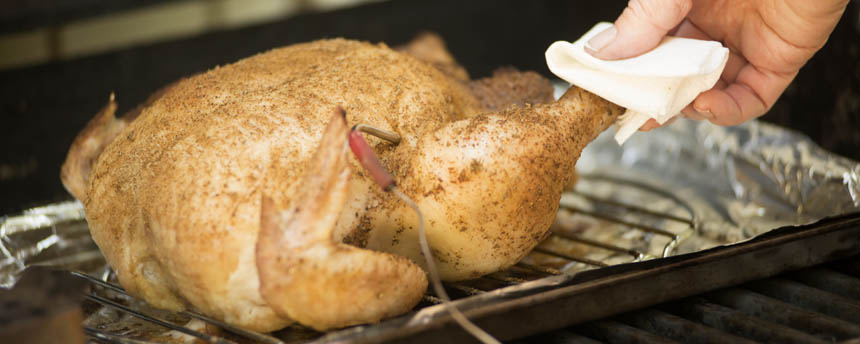
Hot weather is perfect for cooking up bacteria that can lead to foodborne illness. We’d do well to reconsider our assumptions about handling food and running the grill. View video clips that explain the risks for illness and demonstrate how to prepare the meat, wash your hands often and use a thermometer to reach the correct cooking temperature.
5. Wild birds can carry bird flu without showing any symptoms, so keep your chickens separated from migratory flocks.
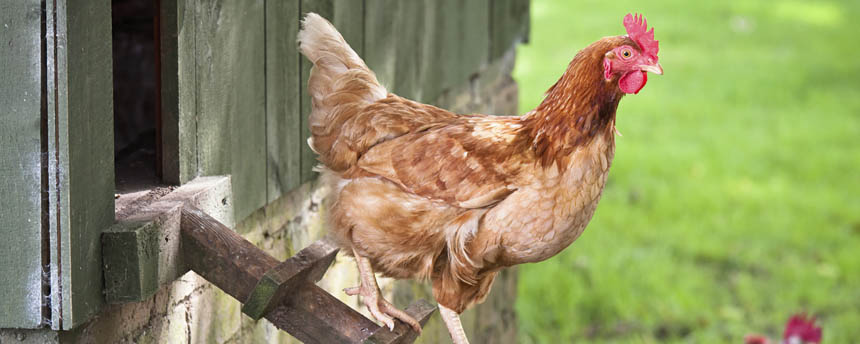
The risk of avian influenza transmission is higher in the fall due to the increased number of waterfowl around. But waterfowl and other wildlife that carry diseases are a constant risk to our chickens’ health. Read recommendations for protecting your chickens from the flu.
Don’t have a flock but want one? Read some things to consider about how to raise backyard chickens.
6. Antibiotic resistance is a growing public health threat, and everyone can act to curb the threat.
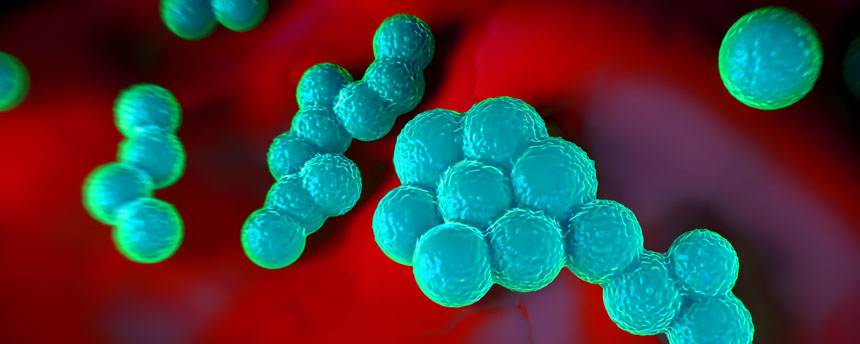
Human and veterinary medicine professionals at UC Davis are constantly faced with determining proper treatment for their patients — whether it’s an ear infection in a child or pneumonia in a calf — while working to minimize the misuse or overuse of antibiotics that could lead to antibiotic-resistant bacterial infections. Learn about combating antibiotic resistance in humans and animals with simple steps.
7. The holidays can be a heap of fun — and problematic foods — for our pets. Know what to store away for safety’s sake.

From chocolate to ornaments to leftovers, the home becomes a minefield for our curious or hungry furry friends. So how about saying “Happy New Year!” without the household hazards? Read our guide to the most common holiday items that pets shouldn’t eat.
Subscribe to the One Health Blog Newsletter for more tips every month.
Amy Whitcomb is an editor on the web team in Strategic Communications. She works with many talented authors to share information and inspiration from One Health.